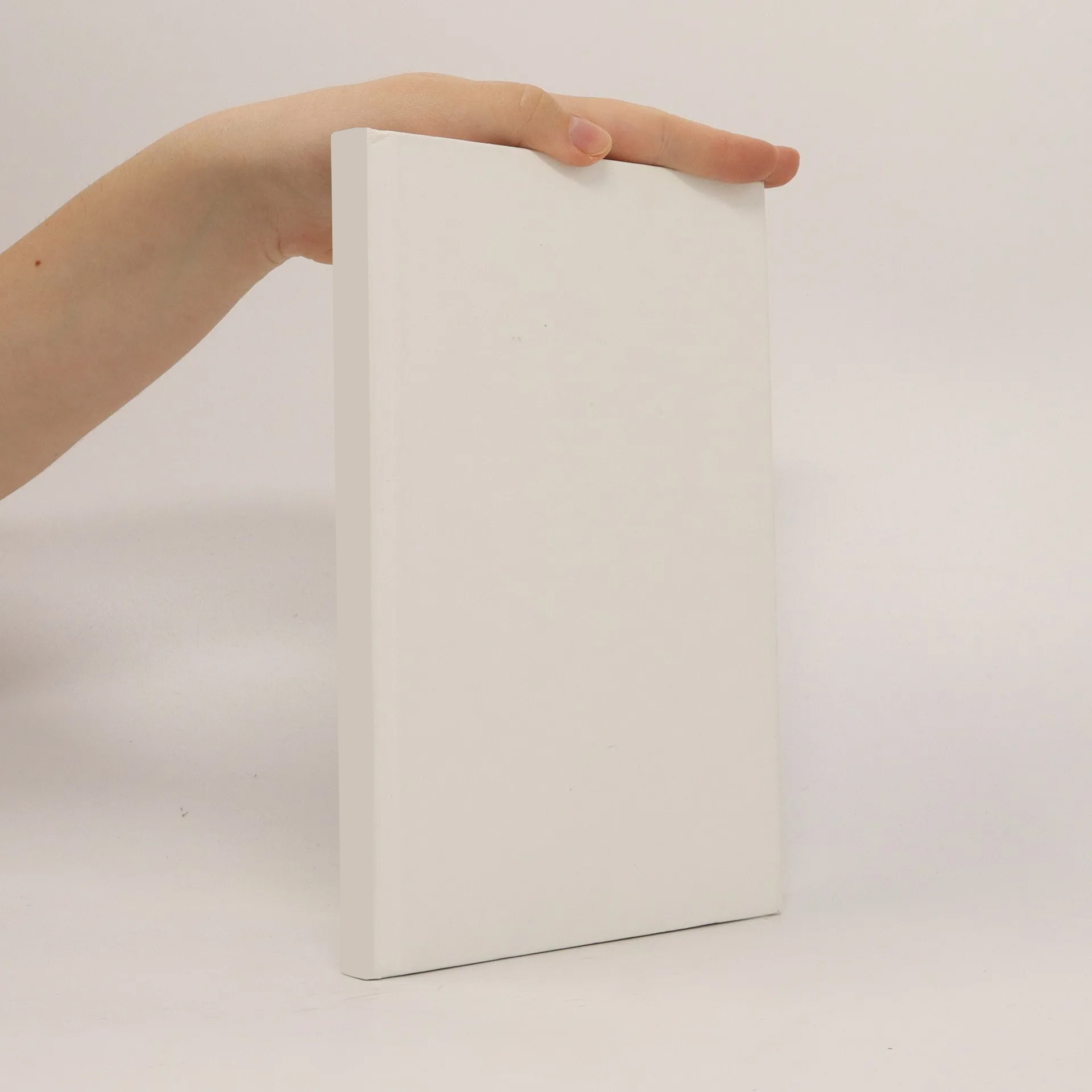
Parametry
Více o knize
About a decade ago new types of electronic non-radiative relaxation processes, involving the environment of an electronically excited or ionized monomer, have been predicted for van der Waals clusters [1] and these were also the first systems where such processes have been detected experimentally [2–4]. These new autoionization channels encompass the recombination of an electron and a hole, and the energy transfer to a neighboring atom or molecule. Two processes can be distinguished here. In the intermolecular Coulombic decay (ICD) the hole created upon ionization of a monomer is filled by a valence electron of the same species, and the energy released in this electron-hole recombination is used to ionize a neighboring species. In the electron transfer mediated decay (ETMD) the initial hole is filled by an electron from a neighboring species, and the energy released by this recombination is either used to ionize the same neighbor species, or to ionize a third monomer. In more recent experiments on liquid water it has been discovered that these non-local autoionization processes are strongly coupled with ultrafast nuclear dynamics. The core ionization initiates proton motion along a hydrogen donorbond of the electronically excited water cation. This nuclear dynamics leads to the formation of transient cationic species where a proton is shared by two neighboring water molecules. Subsequent autoionization, either via Auger decay, ICD or ETMD, then occurs from any of such structure transients. This relaxation process is termed proton transfer mediated charge separation, PTM-CS. This work pursues two goals. My first aim is to explore whether the PTM-CS processes are unique for liquid water, and the focus is on the role played by the hydrogen bonding. Therefore several small molecules were chosen which form hydrogen bonds of different strength. These are hydrogen peroxide(aq), ammonia(aq), and glycine−(aq). I show that hydrogen-bonding determines the probability for PTM-CS and the competition between inter- and intramolecular dynamics. The other main aspect of this work is to experimentally identify ETMD in an aqueous solution for the first time. LiCl(aq) has been chosen as model system because the only non-radiative decay of Li2+(aq), formed by core-level ionization of Li+(aq), is via the refill of the core-hole by an electron from a neighboring site, i. e., by ETMD. An interesting aspect of this study is the arguably large sensitivity of ETMD to ion pairing. This is explored here by variation of the LiCl concentration. The photoemission experiments reported here were performed on a vacuum liquid microjet, which was ionized by monochromatic soft X-rays, delivered from the synchrotron radiation facility, BESSY II, Berlin. The identification of the PTM-CS processes is by observation of an isotope effect in autoionization spectra from normal and deuterated solutes in water, light and heavy, respectively. Interpretation of experimental spectra strongly relies on quantum chemical and molecular dynamics calculations which have been conducted by our collaborators.
Nákup knihy
Relaxation processes in aqueous solutions upon X-ray exposure, Isaak Unger
- Jazyk
- Rok vydání
- 2017
Doručení
Platební metody
Nikdo zatím neohodnotil.